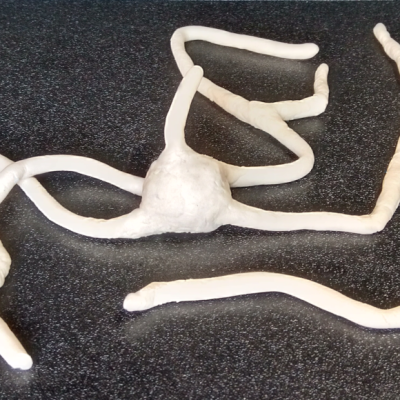The discovery of Tutankhamun’s tomb in the Valley of the Kings by British Egyptologist Howard Carter in 1922 was a significant moment in the history of archaeology. The tomb was found to be almost intact, providing researchers with a wealth of information about the life and times of the young pharaoh. However, it wasn’t until the advent of DNA analysis and CT scans that the true extent of Tutankhamun’s physical ailments was revealed.
Despite the famous golden mask that adorns his mummy, Tutankhamun was far from the picture of health. He suffered from an extreme overbite, scoliosis, and misshapen hips, and his feet were deformed. It is believed that he was unable to walk properly due to his clubfoot and two deformed middle toe bones. The cause of his death is still a matter of debate, with some theories suggesting that he died from a genetic disorder caused by the inbreeding that was common among the Egyptian royal families.
Tutankhamun’s tomb remains one of the most significant archaeological discoveries of all time, and the revelations about his physical condition have only added to the fascination surrounding his life and reign. The study of his remains continues to provide valuable insights into the ancient world, and his legacy as a symbol of the power and mystery of ancient Egypt endures to this day.










